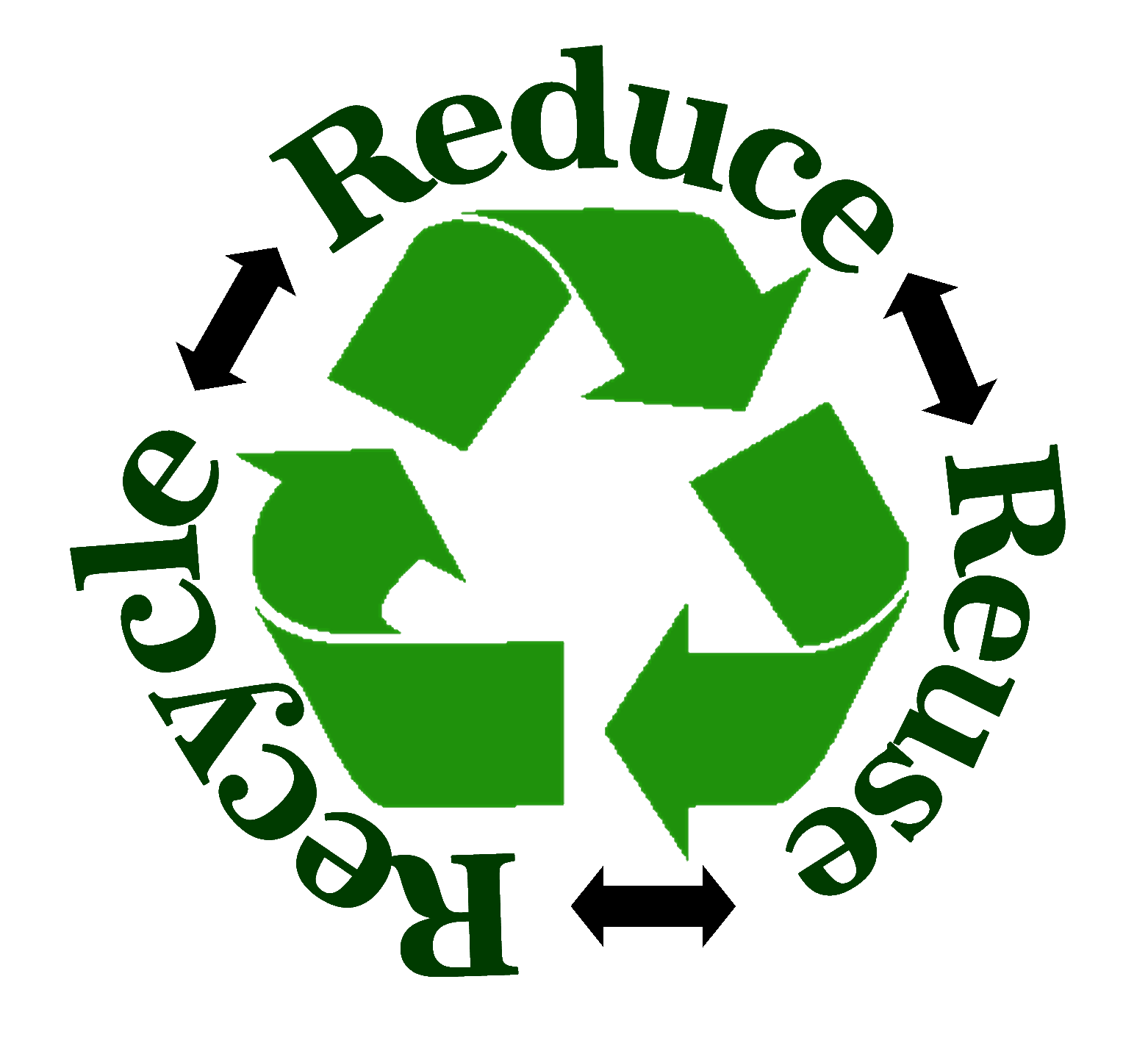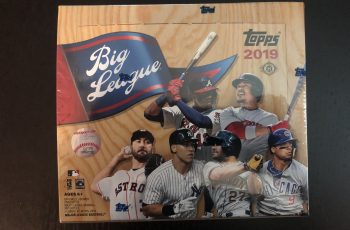Inside the Pack: Earth Day Edition
With today being Earth Day, and with so much focus lately on single-use plastics, I thought it was a good idea to talk about the use of recyclable materials in our hobby. Collecting anything typically involves a lot of plastic storage, but it seems that sports cards may have an even higher instance of plastics than other hobbies given the vast array of storage materials available to us as collectors. Fortunately, there are many things we can do to reduce waste within our hobby.
The first is the simplest — reusing products as often as possible. I sell a good amount of items on eBay, and I’ve been selling on eBay for 20 years, but I’ve only ever purchased one case of toploaders. How have I done this? By reusing materials. Most cards I’ve bought over nearly three decades of collecting have had a protective case of some kind. Reusing those cases results in less waste — not to mention a lower bottom line due to less money spent on supplies.
“But wait,” you may be saying to yourself. “What about those gross toploaders with tape all over them that I sometimes get from sellers?” You guessed it: I reuse those too. I don’t put cards in them, but I do use them as additional packing materials to prevent cards from being bent in transit. Plastic tape is not recyclable, whereas cut up cardboard is. I’d prefer to recycle the cardboard in my house and get an extra use out of the adhesive-laden plastic case I had lying around.
When it comes to toploaders, I also try to use larger toploaders for multiple cards to cut down on plastics use. Three regular cards being shipped to the same buyer may be placed in a 100 point toploader, for example, rather than in 3 individual toploaders. Of course, I take care to not damage cards. Once again, in addition to the decreased use of plastics, this strategy has the added bonus of cutting down on cost. Not only do multiple toploaders typically cost more than a single toploader, but multiple toploaders increase the weight of the package, thereby potentially increasing the cost of postage.
Although I’ve never personally liked using them, I somehow always seem to acquire an excess of nine-pocket pages. Rather than toss them, I use old nine-pocket pages as padding materials in boxes for larger items I ship, even if they aren’t card-related packages. The pages weigh less than crumbled-up paper, and are free to me if I have them lying around, rather than going out and purchasing air pillows or, worse, non-biodegradable packing peanuts.
A large amount of the resources we use in collecting are, in fact, recyclable, so in the event you feel you have to toss them, go for the recycling bin rather than the trash can. Of course, things like cardboard storage boxes are able to be recycled. Many of the plastics we use are, as well. I contacted two of the major supply companies to confirm the recyclable nature of some of their products. Erika Alvarez, administrative coordinator for Ultra PRO, told me, “Our top loaders, deck boxes and sleeves are indeed recyclable.” Ken O’Brien, director of sales and marketing for BCW, explained a little more specifically: “The toploads are PVC, which is #3 on the plastics recycling chart. The penny sleeves are polypropylene, which is #5 on the chart.”
So next time you’re organizing your materials, packing a card for shipment, or just cleaning up your collection, look at the materials you’re using. Consider how you can reduce waste coming from our hobby and how you can reuse products you don’t need to throw away. Not only is it better for the environment, it may be better for your wallet, too.





